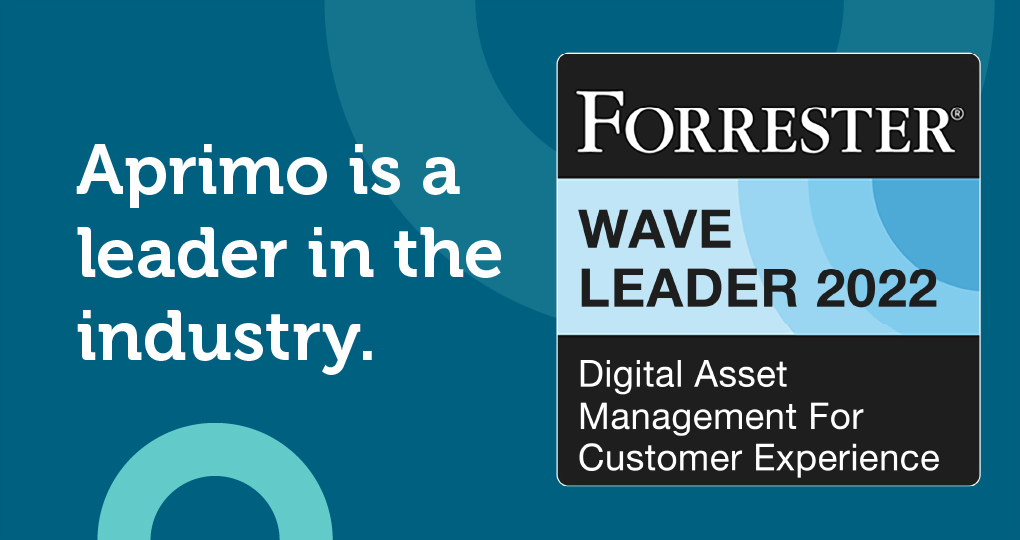The Impact of DAM on Content Marketing


Technology continues to change how humanity communicates, consumes entertainment, and manages information. It has also impacted how brands market themselves.
In 2022, content marketing produced around $63 billion. Looking ahead, worldwide content marketing revenue is expected to grow significantly, reaching a projected $107.5 billion in 2026. Based on these numbers, content marketing seems set to become even more relevant than it is now — and potentially more competitive, too. That’s why it’s important to find the most effective tools to streamline and optimize content, and digital asset management is one of them.
Digital asset management is a system used for storing, organizing, and retrieving digital assets such as images, videos, and audio that play a vital role in a company’s content marketing strategy. With the increasing significance of content marketing, DAM has become essential in protecting and managing a brand’s content marketing assets.
The Role of DAM in Streamlining Content Creation
Creating and managing marketing content is a combination of art and science. Both creativity and efficiency are crucial to creating compelling content in an efficient timeline and reaching consumers effectively. A digital asset management system helps streamline this process by:
-
Centralizing asset storage: A DAM platform provides a single repository for all digital assets, meaning content creators and marketers no longer need to waste time searching through disorganized files.
-
Improving retrieval of digital assets: DAM systems offer advanced search features, like metadata, to quickly find assets by using keywords, categories, or even specific attributes like color, size, or format.
-
Reducing redundancies: By providing a clear view of all available assets, digital asset management prevents redundancies and saves creators from wasting time creating assets that already exist.
By embracing the science of DAM storage and organization, creative teams gain quick access to assets. This leads to a more streamlined artistic process in content marketing.


Enhancing Content Consistency and Branding
With 90% of organizations utilizing content marketing in their overall strategies, this area has become highly competitive. That’s why maintaining a consistent brand image across all platforms and campaigns is all the more essential. DAM provides this consistency in branding by centralizing and standardizing the storage and management of brand assets. This maintains uniformity in brand presentation across all platforms.
For example, a DAM platform can house the latest versions of a company’s logo, brand color palettes, font styles, and templates for various marketing materials. It readily provides everyone in an organization with the same, most up-to-date assets, avoiding any mistakes or misunderstandings in content creation. This helps maintain a consistent brand image across channels like websites, social media, and email campaigns.
Optimizing Content Distribution and Accessibility
By providing a central hub for assets, DAM plays a critical role in optimizing content distribution. This centralization helps contribute through:
-
Seamless multi-channel distribution: With all digital assets stored in one place, locating and sharing the right content on the appropriate platform becomes simpler. As a result, organizations get a more consistent and timely presence across all digital channels.
-
Format and resolution adaptation: Different channels often require different formats and resolutions of the same asset. DAM systems can automatically convert files to the required specifications, making sure that the content looks its best, whether it’s viewed on a mobile device, computer, or tablet.
-
Integration with marketing tools: Best-in-class DAM systems integrate with other marketing tools and platforms, such as content management systems, allowing for more efficient content distribution and tracking.
DAM platforms also enable remote access to assets. That way, all departments can access, edit, and distribute content efficiently, regardless of each team member’s location. Considering that employees continue to favor remote and hybrid work, this accessibility is invaluable for teams that operate in different time zones. Additionally, digital asset management systems secure remote access through:
-
Encryption: DAM systems utilize encryption for files and communications, making data inaccessible to unauthorized users when being transferred or stored.
-
Access control and permissions: Administrators in DAM systems can set specific permissions, controlling who can view, download, edit, or share assets. This safeguards against unauthorized access and misuse.
-
Audit trails and activity logs: DAM platforms keep detailed logs of user activities, recording who accessed what assets and when. They also track any changes or external sharing.


Improved Collaboration and Workflow
Collaboration is a cornerstone of effective content marketing, and DAM significantly enhances this aspect by allowing team members to work together on content simultaneously. Even remotely, team members can collaborate more effectively, sharing feedback and insights directly within the DAM system. These collaboration features streamline discussions and speed up decision-making. From there, DAM systems also optimize the approval process by allowing designated approvers to review and approve content in line with brand guidelines.
DAM systems feature advanced version control capabilities, which are crucial in collaborative environments. This functionality enables teams to track every change and revision made to an asset. They also get the ability to revert to previous versions if needed. These streamlined workflows simultaneously improve productivity while fostering a more collaborative work environment.
The Future of Content Marketing with DAM
Artificial intelligence and machine learning will likely contribute to the transformation and growth of digital asset management systems as more sophisticated tools for managing digital assets emerge. This will help the DAM market to grow from $3.97 billion to a projected $12.29 billion by 2030.
AI is also aiding in the emergence of predictive analytics in DAM. Predictive analytics employs data, statistical algorithms, and machine learning methods to forecast future events based on past trends. Within the realm of DAM, this approach can be used to foresee upcoming requirements for digital assets.
In the coming year, the DAM market is also predicted to see:
-
A greater shift toward mobile solutions
-
Growth across new industries
-
Enhanced security




